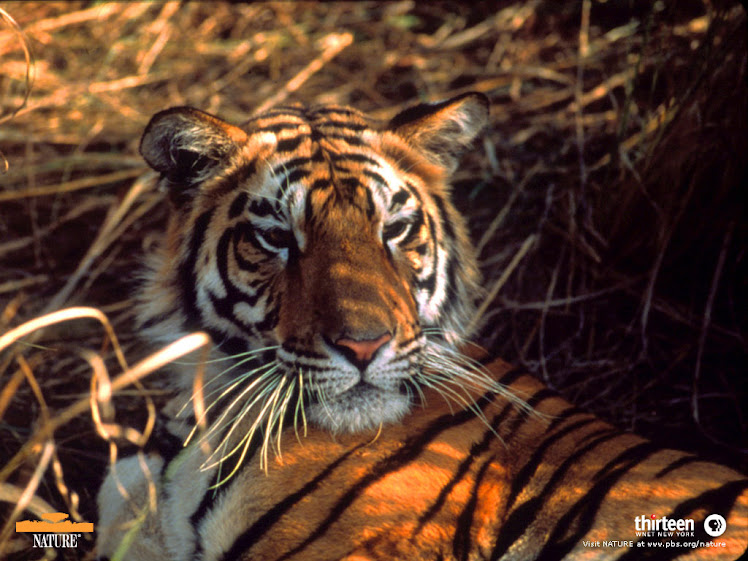




| Amur, or Siberian, tiger | Found in eastern Russia mainly, with some in northeastern China northern North Korea. | Lives in thick forests that are covered with snow in winter | Paler colouring, with brown rather than black stipes. White ruff of fur round neck. Largest cat in the world | Up to 3.3m head to tail, about 300kg | Less than 350 in the wild |
| Bengal tiger | Found in India, Nepal, Bangladesh, Bhutan and Burma (Myanmar) | From cold Himalayan forests to hot swamps to wet forests of north India to dry forests of Rajasthan | Reddish orange fur with narrow black , grey or brown stripes. Underside is creamy white | Up to 2.9m head to tail, about 140 kg | Approx 3, 500 in the wild |
| Indochinese tiger | Mainly in Thailand, but also Burma, Cambodia, Laos, southern China, Vietnam, parts of Malaysia | Live in forests in hilly to mountainous areas | Reddish orange to dark yellow fur with black or dark grey stripes | Up to 2.7m head to tail, about 115kg | Less than 1000 in the wild |
| Malay, or Malayan, tiger | Found only in the Malaysian part of the Malay peninsula. | Hilly forest areas because lowland forests have been cleared for rubber and palm oil plantations. | Appearance similar to Indo-Chinese tiger: it was not until 2004 that it was classified as a different subspecies. | Up to 2.7m head to tail, about 120kg | About 500 in the wild. |
| South China, or Amoy, tiger | Found in central - eastern China | Moist forests | Short broad stripes widely spaced | Up to 2.5 metres head to tail, about 150 kg | 20-30 in the wild The most critically endangered of the tigers, and possibly already extinct |
| Sumatran tiger | Found only on the island of Sumatra | Lives in forests, lowland to mountain areas | It is the darkest and smallest of the tigers, suitable for its rainforest habitat | Up to 2.4m head to tail, 90 kg | Critically Endangered, about 240 left |